Head To Head: Yak Chew Vs. Bully Stick
Get ready for the ultimate showdown! In one corner, we have the Himalayan dog chew, also known as the yak chew. In the other corner,
Hugs and kisses. Snuggling on the couch. Playing in the park. Owning a new puppy is an unforgettable experience – especially if it’s your first-ever dog. You’re probably starting to realize, however, that your adorable puppy is a little hard to handle. Everything from nipping and barking to peeing on the carpet can soon turn your doggy dream into a nightmare.
That’s why it’s important to know the complete puppy training schedule by age.
Essentially, it’s a list of when to start training your dog based on their level of development. Out in the wild, it’s mum’s responsibility to prepare their pups for the wider world.
It’s your job too!
No matter their age, breed, or size, training a puppy is paramount. The sooner you instill certain behaviors, the easier they’ll be to handle. After all, you don’t want any naughty habits settling in.
To help, we’ve put together your complete puppy training schedule by age. It’ll explain what you need to do and when.
Let’s get started.
8 weeks old puppy training schedule
Most puppies arrive in their home between 8 to 10 weeks old. They’ve just been weaned from their mum, and they’re ready to get to know their new family.
From the outset, it’s important to let the puppy know you’re in charge. But be mindful, it’s a daunting prospect moving into a new house alive with strange faces and new routines.
Start by establishing a daily routine. It’ll help them adjust to their environment more quickly.
For example:
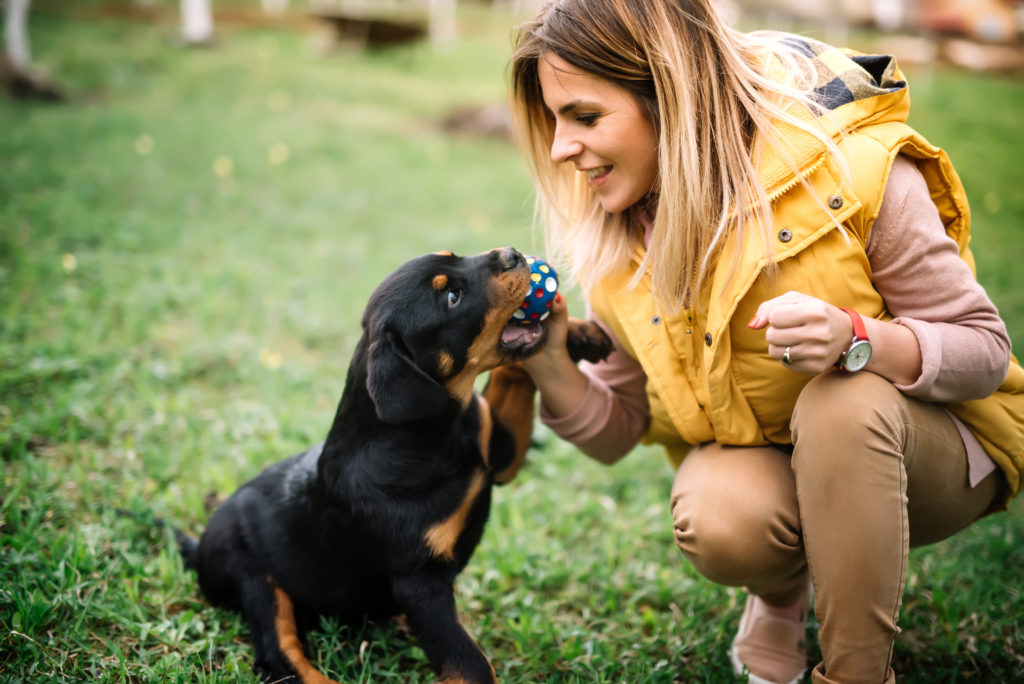

Sticking to this kind of rigid schedule is comforting. It also prevents any little accidents and begins the basics of potty training.
Potty training
When potty training, take your puppy to their designated “potty spot” every 2 hours. If they go, always reward them. It’ll train them to use that spot every time. Never leave them in the crate all day as they won’t be able to hold it. As a general rule, puppies can hold it for around 3 to 4 hours in the day and 5 to 6 hours at night.
So, if you’re working, you (or someone else) need to come home to see to them. It’s also a little unfair leaving a puppy in a crate all day.
Crate training
You can make the crate more fun, though. Toss in a few toys and treats to get them comfortable with the crate. Let them explore it on their own. Then, after a few days, you can leave your pup inside for a little while. Finally, add cues such as “go to bed” or “go to crate.”
They’ll soon get the hang of it, and it’ll be their special space.
10 weeks old puppy training schedule
Your puppy should now be settled in. It’s time to start teaching them a few commands and behaviors.
Stop going out if they’re pulling on the leash when you’re out for a walk. They can cause damage to their young bodies. Before you head out again, practice at home until they’ve got the hang of it.
You’ll also want to establish their name further. They should come to you every time you call them. Try using a leash or long line (as well as a few treats) to help teach them.
Of course, your puppy may already be driving you up the walls with their barking. New pups often bark lots when they’re excited. Any dog owner will tell you it’s cute at first, but that won’t last. So, do not allow barking at harmless things like the neighbor, another dog, or the postman. Tell them to stop.
12 weeks old puppy training schedule
Once they’ve mastered a new skill, don’t neglect it. You’ll want to keep reinforcing the behavior until it’s second nature.
Gradually, add in a few more commands. “Sit” and “Get up” are good places to start. Use treats to reinforce the behavior positively. Do not rely on negative reinforcement – dogs often find it confusing, and it doesn’t always work.
Also, consider teaching your puppy to go to their bed when told and stay there. Calmness, impulse control, and relaxation are often challenging in dogs who aren’t trained early on. But every pup should be able to do so.
16 weeks old puppy training schedule
From 16 weeks old, it’s time to move on to more advanced skills. Your puppy should – hopefully – be becoming less skittish and excitable. They’re familiar with your local area and your friends and family.
Take them on a structured walk, where, instead of barking and being distracted by everything that moves, your dog stays close to your side. They should pay attention to you and follow your cues. That doesn’t necessarily mean watching your every move, but they should look up every now and again.
You’ll also want to get them adjusted to other animals. No one likes a dog who barks its head off or goes chasing after every dog, cat, or squirrel in the park. So, teach your puppy to greet other animals politely (and people too). Do not reward or acknowledge excitable, aggressive, or fearful behavior.
Conclusion
There you have it, your complete puppy training schedule by age. Follow the tips listed above, and your dog will be one of the best behaved in the neighborhood. It’s all about keeping calm and establishing clear rules. If they’re acting up, likely, they’re just confused about what you want. If in doubt, go back to basics.
For more information, check out the American Kennel Club website for further details.
Good luck and have fun!
Get ready for the ultimate showdown! In one corner, we have the Himalayan dog chew, also known as the yak chew. In the other corner,
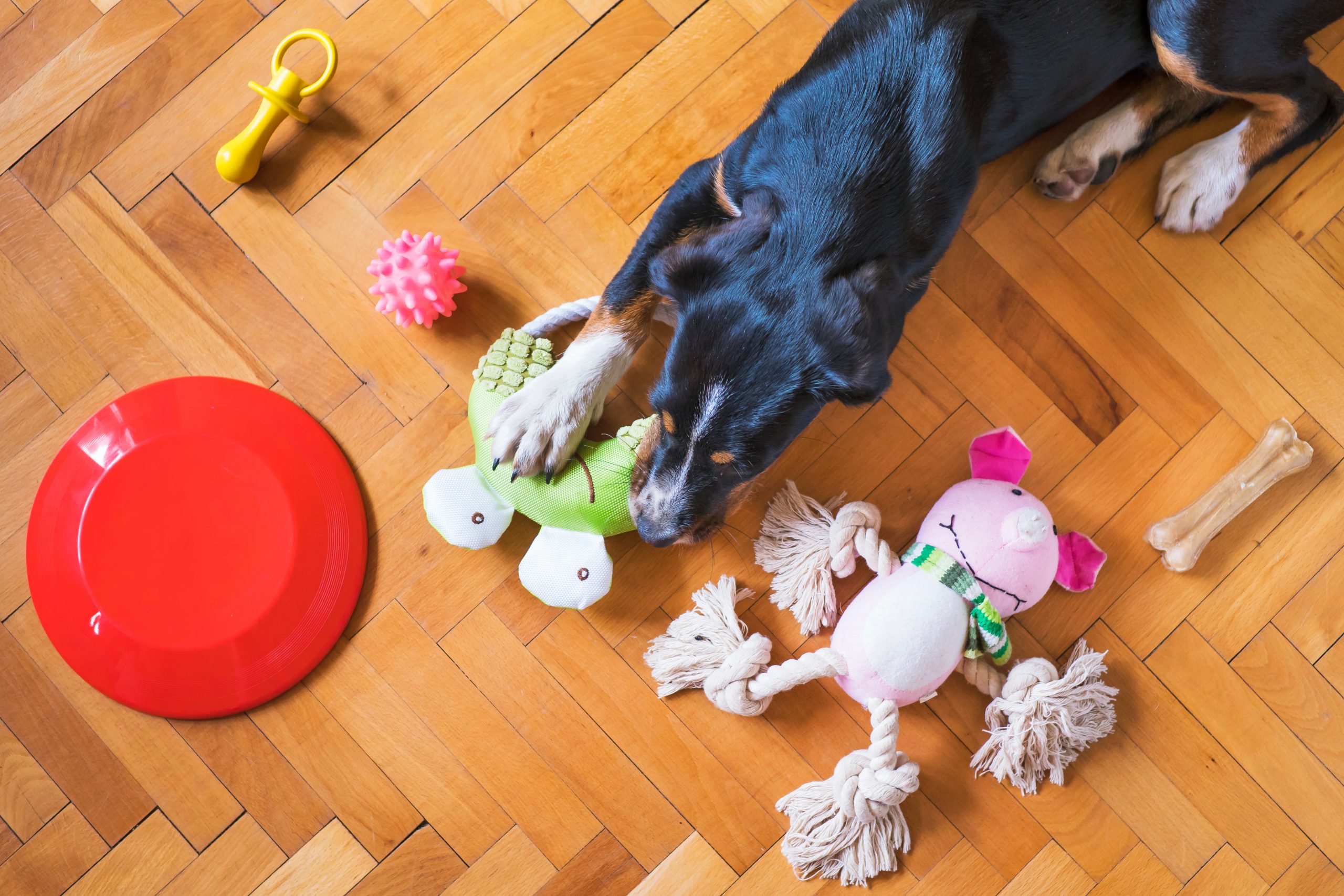

Are Dog Subscription Boxes With It In 2023? Who doesn’t love spoiling their furry friend with a fun monthly surprise? Dog subscription boxes have become
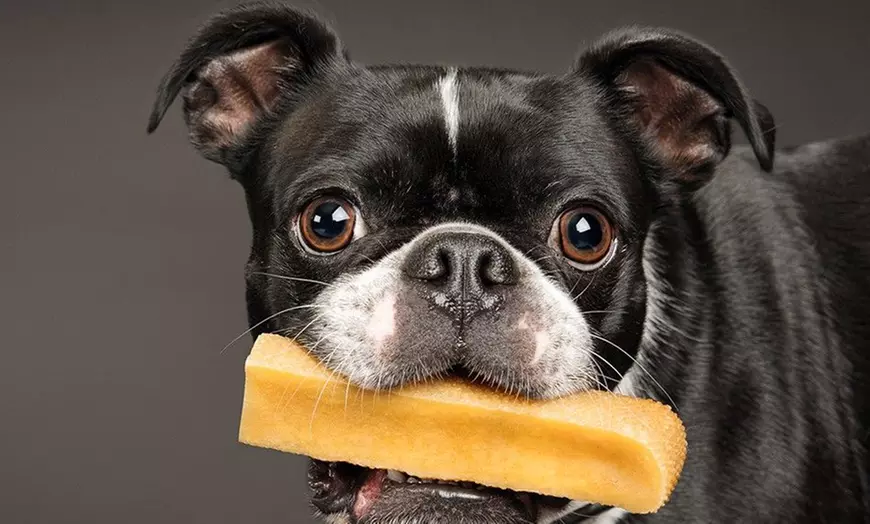
As pet owners, we’ll do just about anything to keep our furry friends happy and healthy. And if that means giving them a piece of
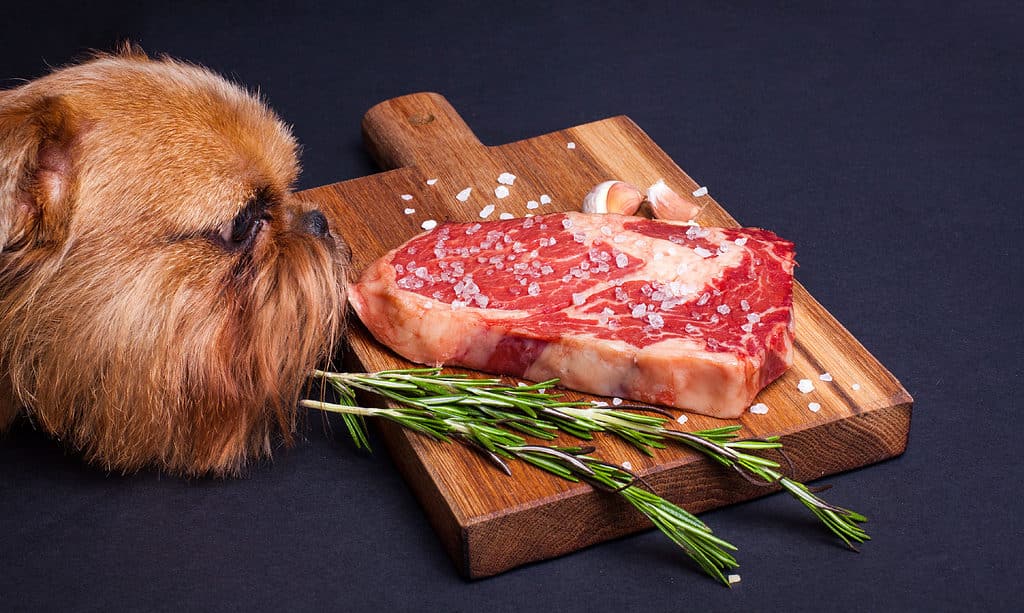

Who says you can’t share your food with your furry friend? Dogs are more than just pets – they’re members of our family, and we
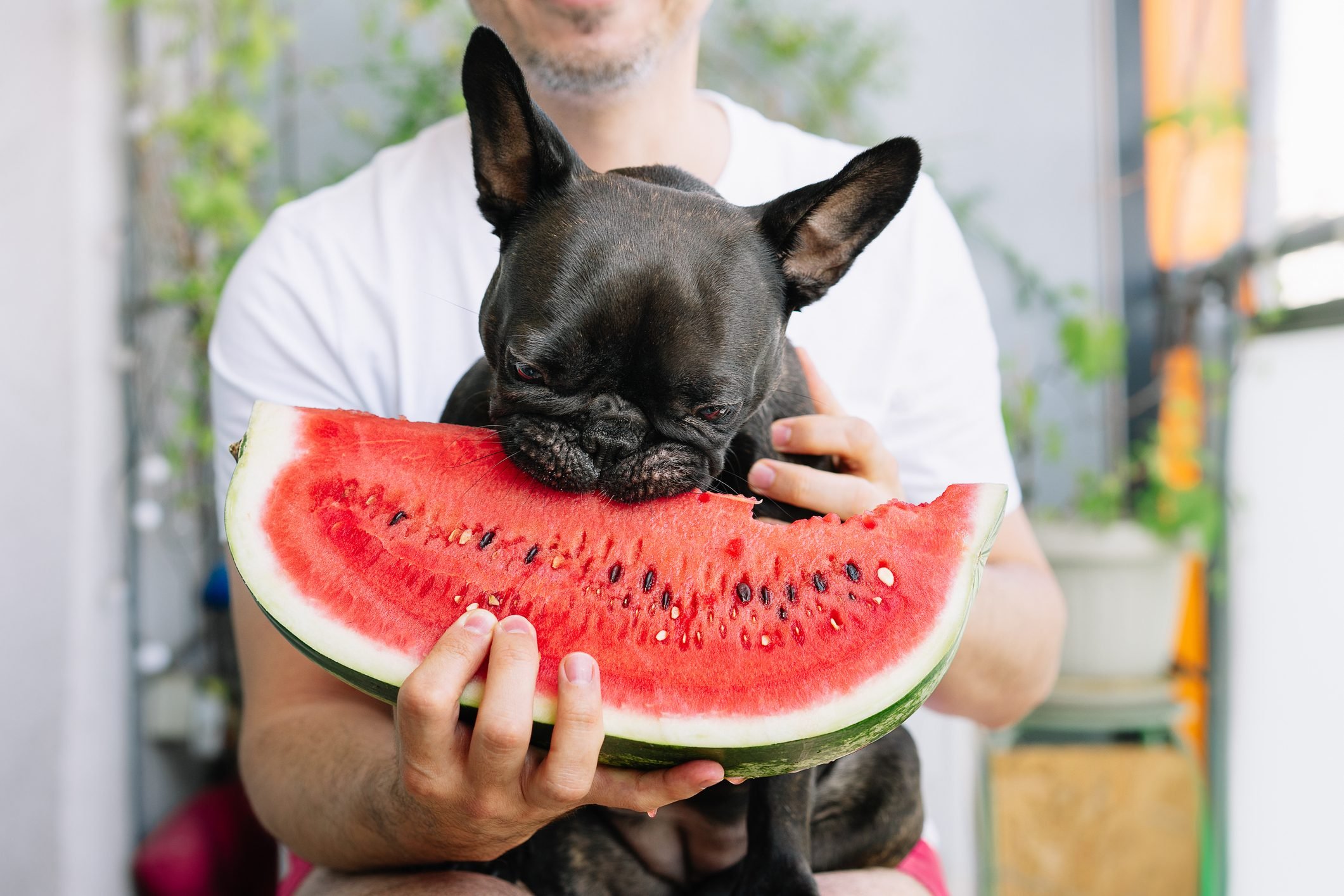

Hey there, fellow dog lovers! We all know that our furry friends are more than just pets – they’re our beloved family members. And let’s
Subscribe to our Newsletter, get special offers and hear about awesome dog stuff.
© 2022, WoofCrate™ All Rights Reserved
Terms & Privacy.

